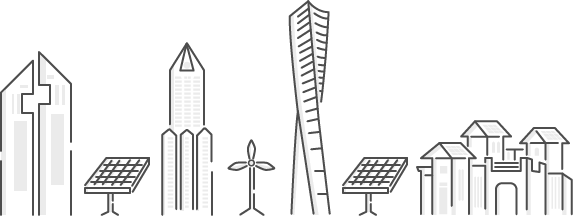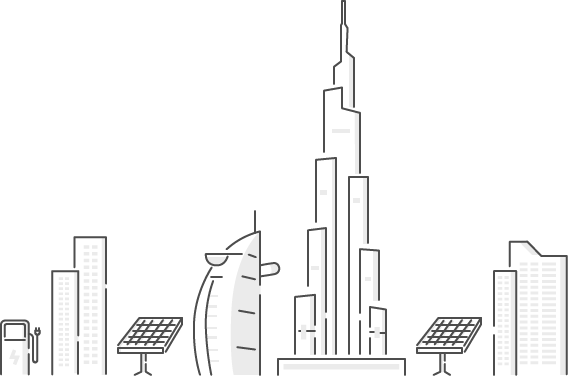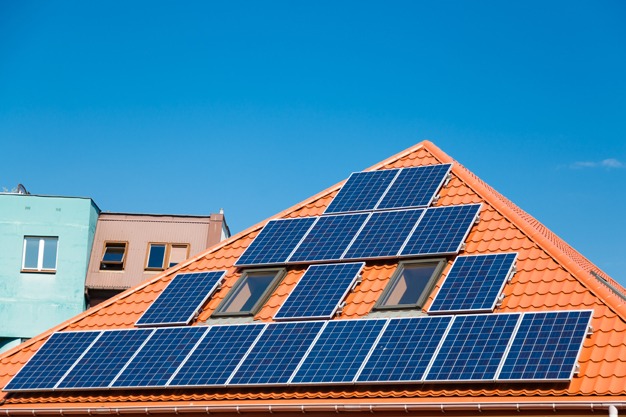One of the many questions a newbie has when starting a new home DIY solar energy project is, “What parts do you need to complete your solar power system project?”
However, before you start buying or connecting the individual component pieces on your roof, it’s a good idea to purchase a top-quality solar handbook that will walk you through the entire process of creating, installing, and configuring your own home solar energy system step by step. Let’s look at the 7 fundamental components you’ll need for your solar power system. Aside from the obvious requirements of time, tools, and instructions.
There are 7 key components that you will need to establish a grid-tied solar power system for your home. We will organize these in the order in which they will be integrated into your home solar energy system.
1. Photovoltaic Solar Panels
Most home DIY installations will necessitate putting these panels together from individual components. There are lots of commercially available panels to pick from if you don’t have the time or ability to build a solar panel from scratch. Individual panels link together to form larger solar arrays once they are erect.
2. Disconnection of the Solar Power System
Disconnects for solar power systems are essentially just electrical switches, but they are an integral aspect of the system. If any repairs are needed or if the solar system has a problem, it allows you to disconnect and switch off the DC power output from your solar panels and array. On a bright sunny day, this disconnect switch must be able to handle the maximum power output from the panels.
3. Charge Controller for Batteries
When the sun doesn’t shine, such as on cloudy days or at night, most home solar systems come with a battery backup. The battery charge controller ensures that the batteries receive a steady quantity of electrical power, preventing them from becoming overcharged and preventing the backup batteries from discharging back into the system at night. This component is identical to your automobile battery charger in many aspects, so it won’t set you back too much.
4. Battery Storage for Deep Cycle
Your solar system will require deep cycle batteries to store the solar energy generated by your solar panels and keep the lights on all night. Deep cycle batteries are not the same as automotive batteries, which have thinner lead plates and are suited for cars. Deep cycle storage batteries for solar systems are more durable and intended to withstand the charging and discharging cycles that they must withstand. Reconditioned deep cycle batteries are less expensive than new deep cycle batteries. Even better, you might be able to recondition old dead batteries that have previously use in fork trucks, golf carts, and electric buggies for free.
5. System Power System Metering
A solar power meter is optional, but it includes here. Since it will provide you with a clear indication of how much free solar energy is being given to your home from your solar panels. A system power meter can also help you to enhance your system. So you can get the most out of your solar installation. It also has the added benefit of letting your neighbors know how much money your solar system saves.
6. Inverter for Solar Power Systems
By offering DC to AC conversion utilizing electronic switching techniques, the solar inverter converts DC solar energy from photovoltaic panels into usable 115, 220, or 240V AC electrical energy in the home. The solar inverter turns the DC solar energy from the photovoltaic panels into usable 115, 220, or 240V AC electrical energy in the home. If your solar panels create DC electricity and your home operates on mains AC power.
7. A household solar system’s operation
When sunlight strikes the solar panels, it absorbs by the PV cells. The silicon semiconductors in the cells use the PV effect to transform solar energy into electric energy. This electric energy is in the form of a direct current (DC), which can charge the battery directly. The battery’s DC electricity is fed through an inverter, which transforms it into AC power. This AC electricity now routes to the home’s mains, which can then power all of the necessary appliances.
The above listed are some of the main components of a solar power system. Investing in green technologies is a fantastic idea. It not only cleans up our earth but also ensures a healthier lifestyle for future generations. Are you thinking about going solar? You’ve come to the correct location. Wattz is one of Dubai’s best rooftop solar panel installers. If you have a project in mind, please contact us and we will get back to you as soon as possible.





